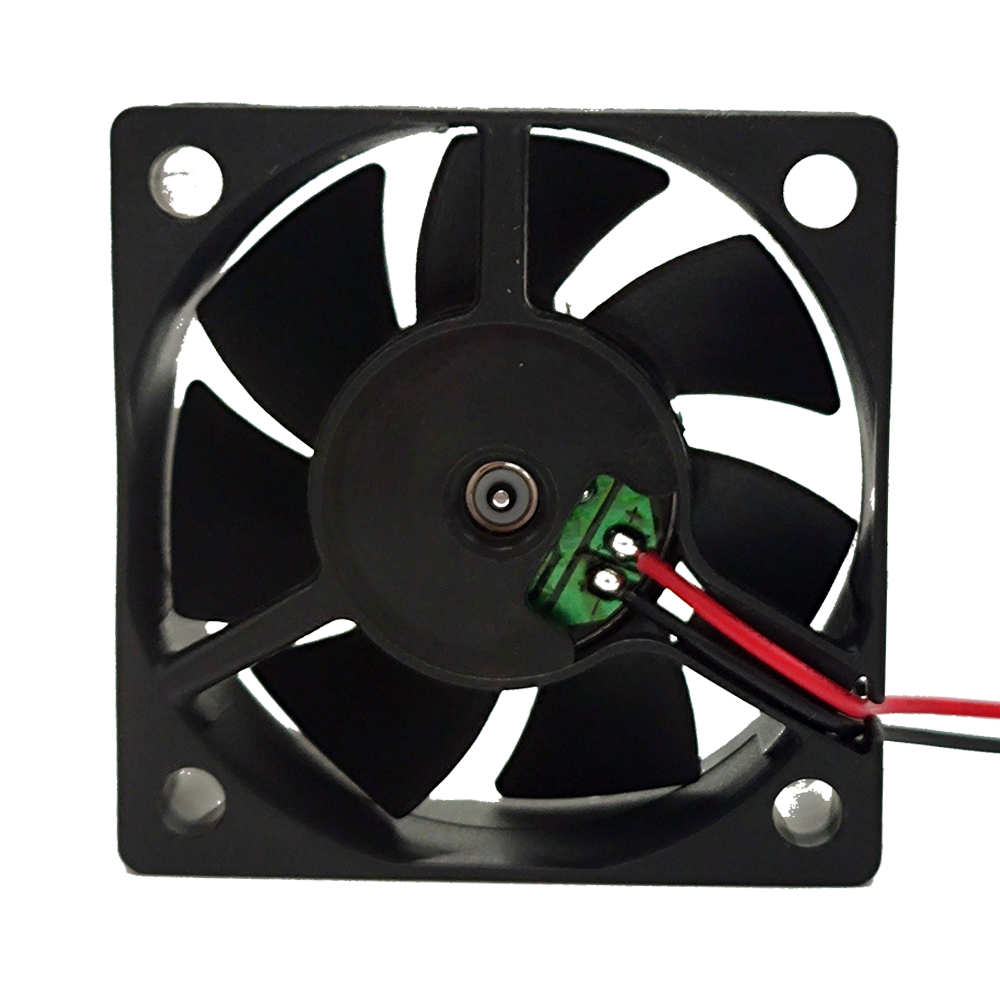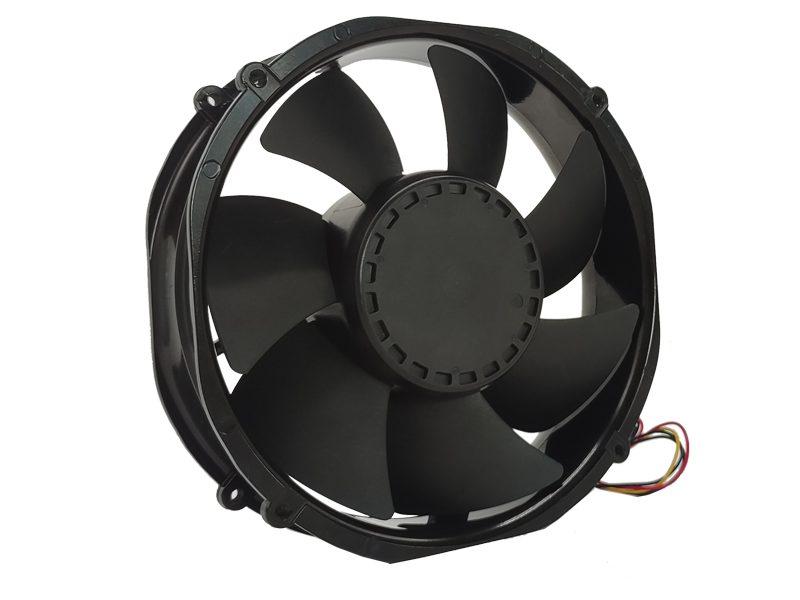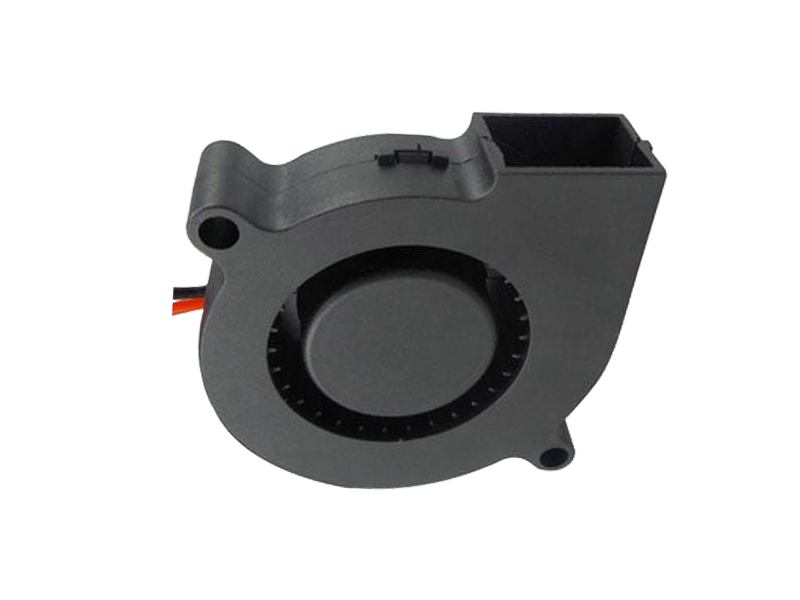Introduction
Industrial fans have evolved from basic mechanical ventilators to precision-engineered systems critical for process optimization, energy conservation, and workplace safety. Modern product development now revolves around aerodynamic innovation, material science breakthroughs, and IoT integration. This article dissects the technical frameworks shaping next-gen industrial fans.
1. Aerodynamic Revolution: From Bernoulli to CFD
Blade Geometry Optimization:
Utilizing computational fluid dynamics (CFD) to simulate airflow patterns, engineers now design twisted/bent blades (airfoil profiles) that reduce turbulence by 35% compared to traditional straight blades.
Case Study: A food processing facility reduced HVAC energy consumption by 22% after deploying fans with backward-curved impellers optimized via genetic algorithms.
Diffuser Ring Innovation:
Patented designs like the "Vortex Stabilizer" increase static pressure efficiency by 28% by converting kinetic energy into controlled airflow.
Experimental data shows 15% longer service life due to reduced blade erosion from recirculation zones.
2. Motor Technology Leapfrog:
Permanent Magnet Synchronous Motors (PMSM):
Replacing induction motors, PMSM systems achieve 94% energy efficiency (IE5 class) with 40% smaller footprint.
Integrated variable frequency drives (VFDs) enable 1:10 speed regulation, critical for applications like paint booth ventilation.
Bearings 2.0:
Hybrid ceramic bearings (silicon nitride balls + steel races) operate at 1/10th the friction of traditional bearings, extending MTBF to 120,000 hours.
Magnetic levitation systems eliminate mechanical contact entirely, though cost barriers limit adoption to semiconductor cleanrooms.
3. Structural Integrity Breakthroughs:
Composite Frame Materials:
Glass-fiber reinforced polyamide (GFRP) housing reduces weight by 60% while maintaining IP69K rating.
Thermal expansion coefficients matched to motor components prevent warping in -40°C to 80°C environments.
Seismic Compliance:
Fans for oil refineries now pass ISO 16750-3 vibration tests with 15g shock resistance, incorporating flexible couplings and vibration dampers.
4. IoT Integration Architecture:

Digital Twin Implementation:
Sensors monitor 12 parameters (vibration, temperature, current harmonics) to predict bearing failure 3 months in advance.
Edge computing nodes process data locally, reducing cloud dependency by 80%.
API-First Design:
RESTful interfaces enable integration with building management systems (BMS) via BACnet/IP or Modbus TCP.
Case Study: A pharmaceutical plant achieved 18% energy savings through demand-controlled ventilation using CO2 sensor feedback loops.
Conclusion
The modern industrial fan represents a convergence of aerodynamic theory, advanced materials, and digital engineering. Product managers must balance innovation with industrial realities – a 0.5% efficiency gain might justify R&D costs for mass-market fans, while explosion-proof certifications dominate priorities for hazardous location models.
Recommended Products

The main purpose:Car charging station

The main purpose:Car charging station

The main purpose:Electronic refrigerators, water dispensers, direct drinking machines, inverter power supplies
Address:No. 4137, Longgang Avenue (Henggang Section), Henggang Community, Henggang Street, Longgang District, Shenzhen
hotline:13530005572(Chen)15112579390(Li)


Welcome all friends to come for consultation and negotiation.
Copyright 2024 @ Shenzhen Youneng Xinyuan Electronics Co., Ltd.,(industrial fans,industrial blowers,axial fans,cooling fans manufacturer,centrifugal fans,ac cooling fans,dc cooling fans)